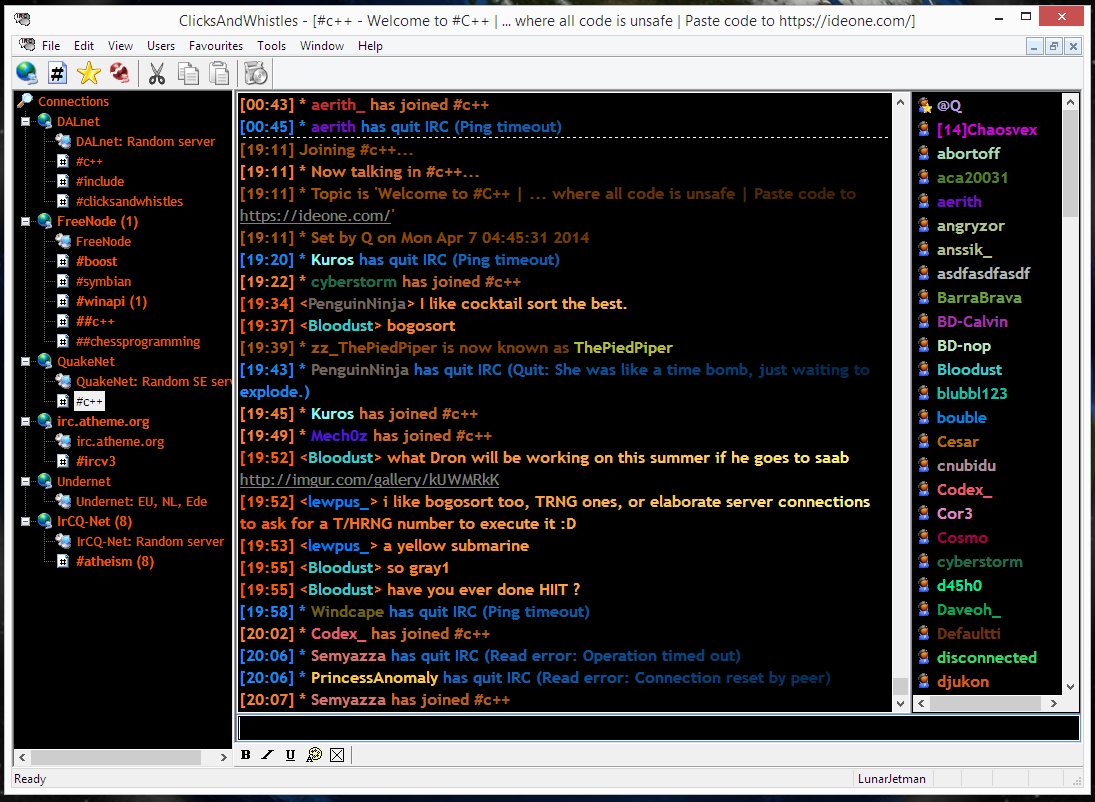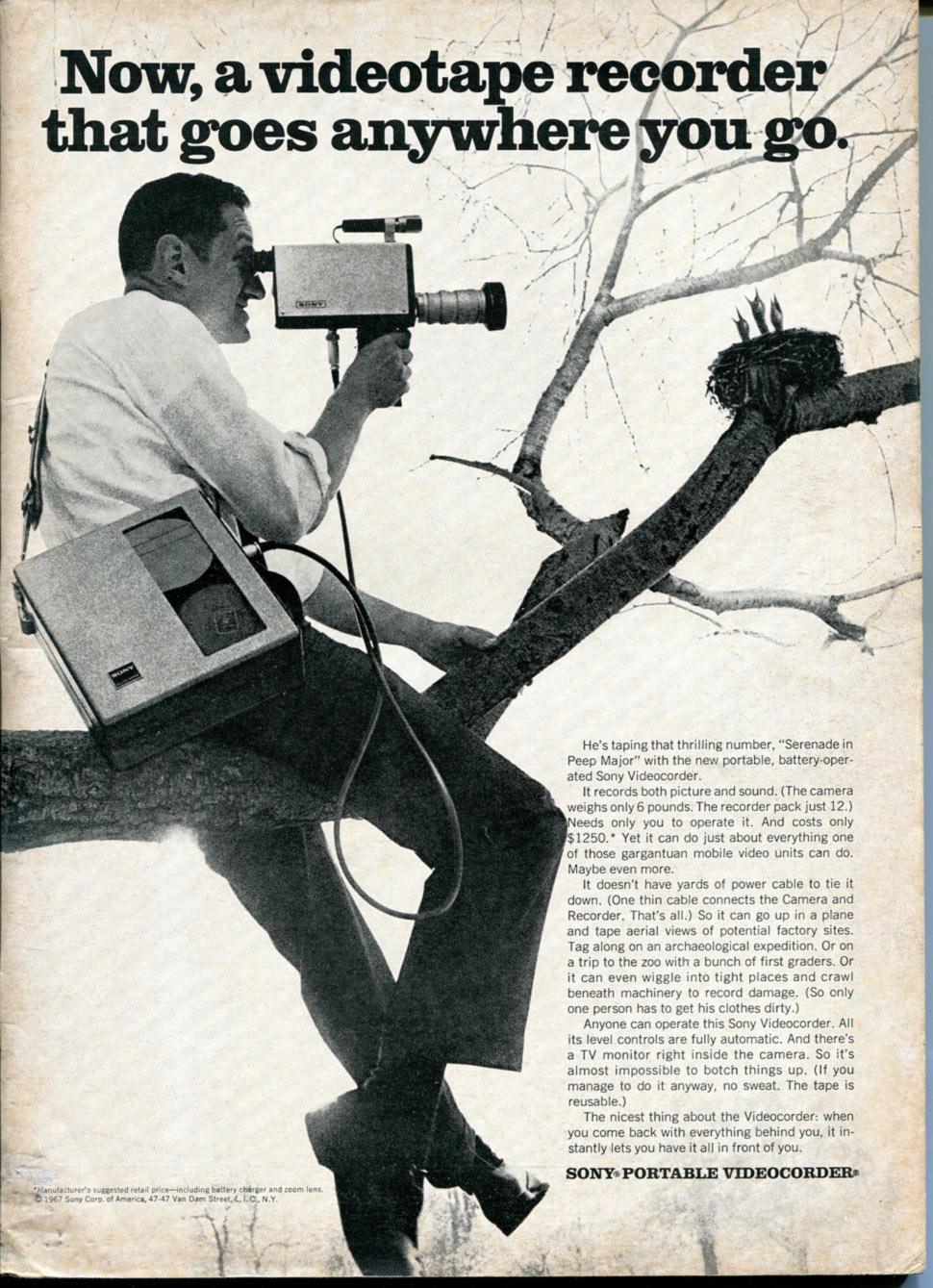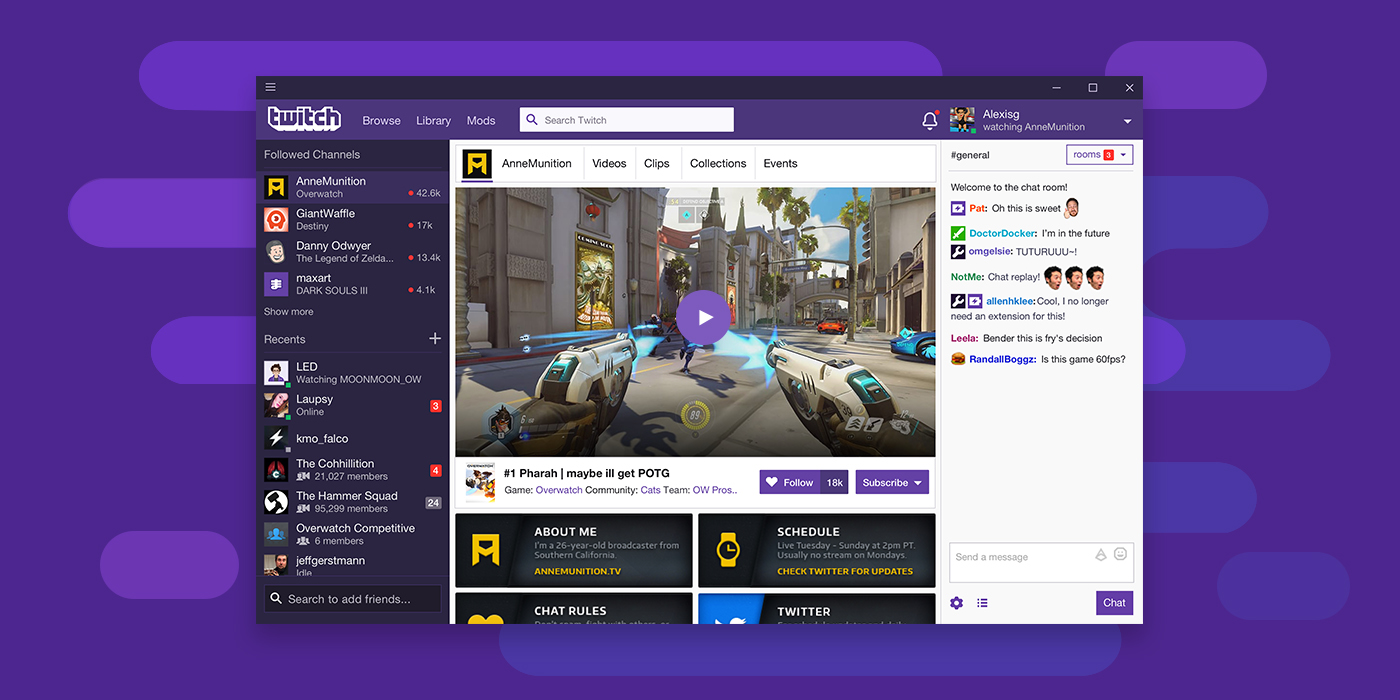Seeing the humans behind any work always comes with an air about the whole scenario, ‘These are the people behind what I’ve been seeing’.
Despite being new to their work, seeing the people behind Second Front was no different.
And it’s made even more tantalizing by the fact that there’s the opportunity that I’ll be able to hear from the artists themselves, especially so when there are parts of the works that I don’t fully understand.
While I didn’t personally ask any questions, though I had a few in mind, I find that hearing from the artists themselves helps give a good look into how they function, how their thought patterns go about arranging themselves and in turn, their everyday gives an understanding into their artworks.
Something that didn’t occur to me, was the idea that they’d have backlash. Jeremy Turner/FIimflam (a name that got stuck in my head for a bit) even bringing up a case where a guy was said to be able to “see his IP address” and in turn knows where he lives and is gonna come and kill him. In retrospect, considering cyber-bullying is a thing, I should’ve realized it happened even in a less objective oriented game.
Patrick Lichty had a statement that I thought was quite well put, that it’s all about affect. What is performance art with the body the body removed? This was a question he had going into this foray in the virtual space with performance art. Which was a little eye-opening, and in retrospect once again feels like it should have been more obvious, the fact that artists venture into spaces that they themselves have questions about. But in regards to the body being removed from performance, it’s interesting, ultimately despite having happened in virtual space, it’s easily forgotten that there are indeed people and lives behind the polygons wiggling around on screen, that “it is real, there are stakes, and it’s what’s important for performance art” (in regards to virtual performance art having affect)
Lastly, Bibbe Hansen talked about the idea of community, and the just how enriching and rewarding it’s been to meet all the people around the world. It’s just made me realize that the internet’s ability to do so (in it’s full capacity), is really lost on me and perhaps my generation too (it was also really heartening to see how real it is to her). They grew up in the times before it was possible to, and have entered the world after it in full force as well. It’s no wonder there’s endless praise sung to it’s virtue to connect to anyone online at any moment through a multitude of different avenues.
It was also incredible that she even rubbed shoulders with Andy Warhol himself, ON TOP of being Beck’s mother.
Bibbe Hansen and Andy Warhol




























